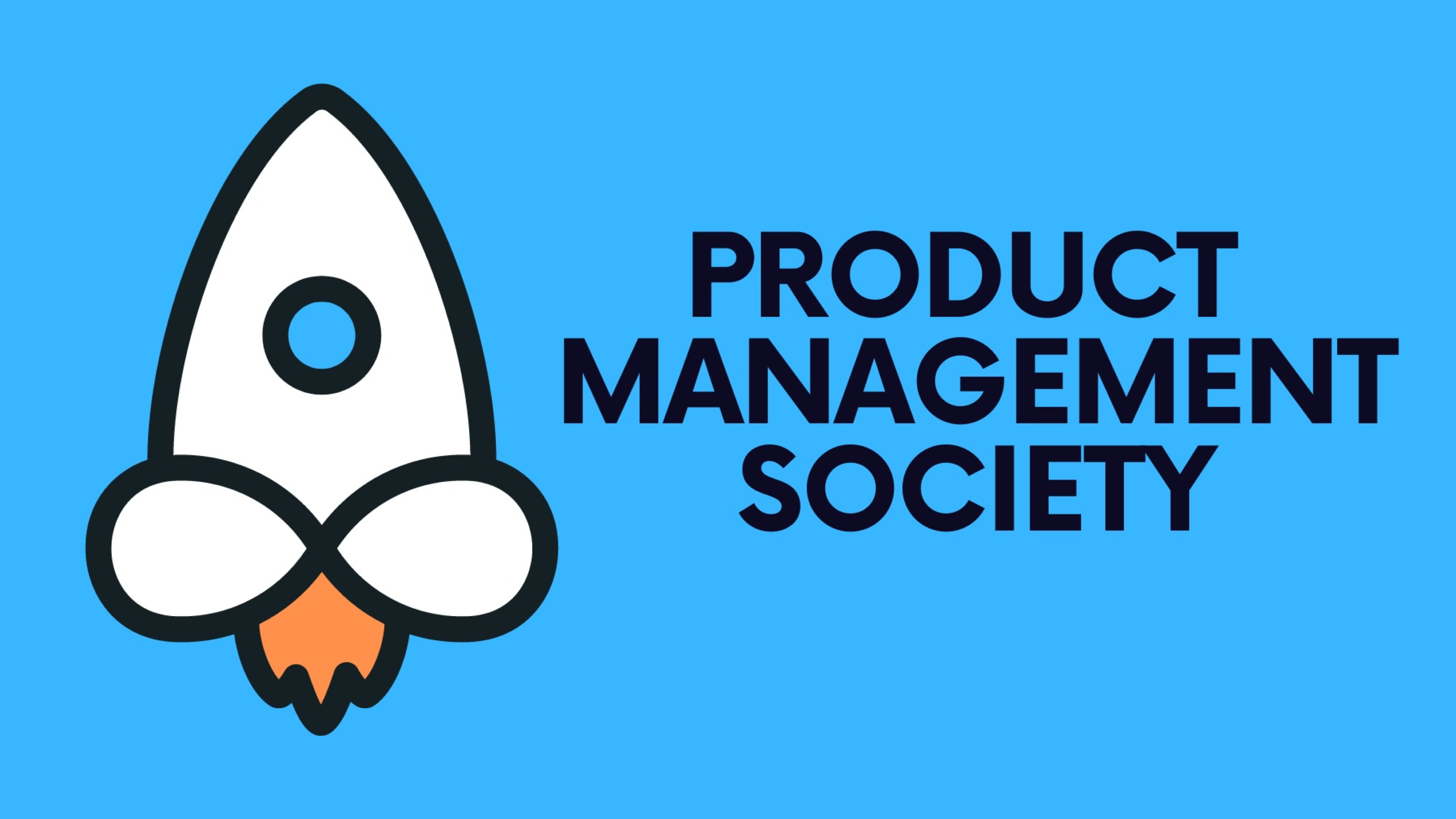The year 2025 has cemented Artificial Intelligence not as a futuristic fantasy, but as an indispensable co-pilot for Product Managers. What started as a buzzword has evolved into a suite of tangible tools transforming every facet of the product lifecycle. For PMs looking to drive real impact and achieve unprecedented efficiency, embracing AI isn't optional – it's your definitive playbook for success this year and beyond.
No longer is AI a niche for data scientists alone. Today, accessible, powerful AI tools are integrating directly into our workflows, empowering product leaders to make smarter decisions, accelerate development, and deliver truly impactful products.
Here's your 2025 playbook for leveraging AI in Product Management:
1. Supercharge Your Product Discovery & Research
The days of manual, laborious data analysis are rapidly fading. AI is revolutionizing how we understand markets, customers, and opportunities.
- Automated Market Trend Analysis: AI tools now continuously monitor vast datasets – news, social media, research papers, competitor moves – to identify emerging trends and shifts. Instead of hours of manual aggregation, PMs get real-time insights into market whitespace and potential disruptions.
- Enhanced User Research & Sentiment Analysis: Feed AI engines customer interviews, support tickets, app reviews, and social media conversations. They can swiftly identify recurring pain points, sentiment patterns, feature requests, and even unmet needs that might be buried in thousands of data points. This provides richer, faster insights for problem validation.
- Persona Generation & Segmentation: AI can synthesize demographic, behavioral, and psychographic data to create more nuanced and accurate user personas, and segment your audience in ways you might not have manually discovered.
2. Optimize Product Strategy & Roadmapping
AI isn't here to write your strategy, but it's an incredibly powerful strategic assistant.
- Data-Driven Prioritization: Integrate AI with your analytics, sales, and support data. AI can then help quantify the potential impact of features, predict user adoption, and even estimate development complexity, providing a data-backed layer to your prioritization frameworks (like RICE or ICE).
- Predictive Analytics for Risk Mitigation: AI can analyze historical data to predict potential roadblocks in development, anticipate market shifts, or even forecast churn if certain features aren't addressed, allowing PMs to proactively adjust roadmaps.
- Resource Allocation Insights: For larger portfolios, AI can help optimize resource allocation by simulating different scenarios and recommending where to invest based on strategic goals and predicted ROI.
3. Accelerate Development & Execution
This is where AI directly impacts the speed and quality of delivery.
- Smart Requirements Generation (Augmented): While PMs still own the "why" and "what," AI can assist in refining user stories, identifying edge cases, suggesting acceptance criteria, and ensuring completeness by analyzing similar existing requirements or specifications.
- Automated Documentation & Knowledge Bases: AI can synthesize meeting notes, design documents, and engineering specs to auto-generate or maintain internal documentation, freeing PMs from tedious administrative tasks.
- Intelligent QA & Bug Prediction: AI tools are increasingly used in automated testing, identifying potential bugs earlier in the cycle, and even predicting where bugs are most likely to occur based on code changes and historical data.
4. Enhance Launch & Go-to-Market
AI streamlines the often-chaotic phase of bringing a product to market.
- Personalized Marketing & Messaging: AI can analyze user segments and past marketing performance to help craft highly targeted and effective messaging for different customer groups, optimizing conversion rates.
- Pricing Optimization: AI models can analyze market demand, competitor pricing, and user willingness-to-pay to recommend dynamic pricing strategies that maximize revenue and adoption.
- Performance Monitoring & Anomaly Detection: Post-launch, AI continuously monitors product performance, user behavior, and key metrics, flagging anomalies or sudden shifts that require immediate PM attention, often before they become major issues.
5. Drive Continuous Learning & Iteration
The learning never stops, and AI can make it more efficient.
- Automated A/B Test Analysis: AI can quickly process the results of A/B tests, identifying statistically significant winners and providing insights into why one variant performed better.
- Churn Prediction & Prevention: AI models can identify users at risk of churning based on their behavior patterns, allowing PMs to intervene with targeted features or communications.
- Feature Optimization Recommendations: Based on continuous user data, AI can suggest subtle tweaks to existing features or identify areas for further optimization to improve engagement and satisfaction.
The Full-Stack PM in an AI-Driven 2025
The rise of AI doesn't diminish the Product Manager's role; it elevates it. The Full-Stack PM of 2025 isn't replaced by AI, but rather amplified by it. Your core responsibilities – understanding user needs, defining vision, making strategic trade-offs, and leading cross-functional teams – remain paramount.
AI becomes your intelligent assistant, handling the heavy lifting of data crunching, pattern recognition, and administrative tasks. This frees up the PM to focus on what humans do best: empathy, creativity, strategic thinking, and compelling storytelling.
Embrace AI as your strategic partner. The PMs who master this synergy will be the ones building the most impactful products and driving the most significant efficiency gains in 2025 and beyond. Your playbook starts now.
If you’re finding this blog valuable, consider sharing it with friends, or subscribing if you aren’t already. Also, consider coming to one of our Meetups and following us on LinkedIn ✨







